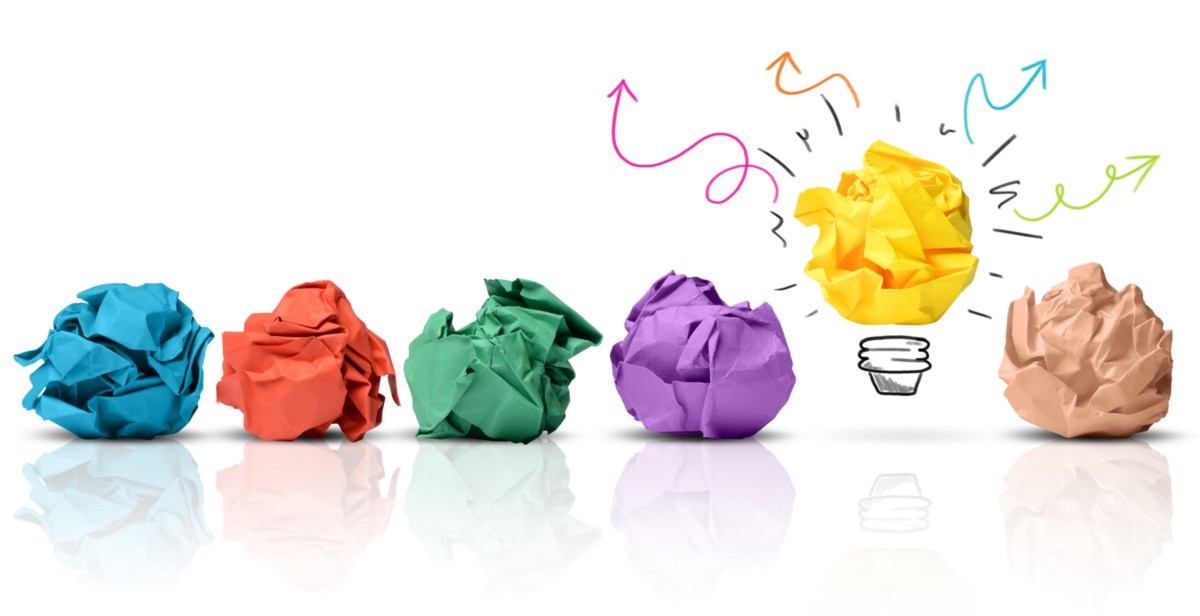
Another high-profile consumer electronics company is going out of business. On February 12, 2020, Essential Products, said that they would cease operations. The New York Times published an article about the company shutting down entitled “Andy Rubin’s Start-Up, Essential Products, Shuts Down.”
Essential Products is a consumer electronics company founded by a former Google executive, Andy Rubin. In 2017, the company released a premium smartphone. The product did not sell well, and the company later abandoned a plan to build a smart speaker. Then on February 12, the company posted the following statement on its website. “Our vision was to invent a mobile computing paradigm that more seamlessly integrated with people’s lifestyle needs. Despite our best efforts, we’ve now taken GEM as far as we can and regrettably have no clear path to deliver it to customers. Given this, we have made the difficult decision to cease operations and shutdown Essential “. Project GEM was the company’s new device that they said would reframe the consumer’s perspective on mobile.
After reading about Essential Product’s failure, I started thinking about how and why so many products fail. What I discovered was that the product failures had nothing to do with the innovations themselves. The cause of the low adoption rates by consumers had to do with the psychology of making decisions. The failed innovations were often superior to what was currently on the market and offered a distinct advantage to the consumer. Despite this, consumers resisted adopting the new product, causing it and, ultimately, the company to fail.
Innovators and companies must understand the psychological biases that both consumers and the innovators themselves bring to the decision-making process to increase their chances of product success.
As consumers, we are emotional. We use our intuition to make decisions. We are lazy and influenced by the situation we are facing. These principals of consumer adoption are often the reasons why innovations and new products fail. A key reason for the failure of many innovative new products goes beyond an objective cost-benefit analysis. Many consumers reject new products that offer improvements over the products that they are currently using. Most of the failures are a result of the mental biases that consumers and companies have about new products and innovations.
Despite the billions of dollars, companies like Essential Products have spent on innovations between 40 and 90 percent of new products fail (Gourville 2).
To increase the chances of an innovation or new product’s success, innovators must anticipate and manage consumers’ resistance to the changes that their products will face. To do this, they must understand how consumers and company executives make decisions and what biases are at play when adopting new innovative products.
Consumers often find comfort in familiarity. They irrationally overvalue the benefits offered by the products they already use. More than that, they loathe having to change their behavior to use new technology. These actions result in consumers rejecting products that are superior to the ones that they are already using.
Conversely, companies overvalue the benefits their new innovative product provides. The company knows that their product is better than what is currently on the market and assumes that consumers will jump at the chance to switch to their new product. However, this is often a wrong assumption that leads to the product failing to catch on with consumers.
Behavioral Economics has reframed traditional Economics’ view about how consumers make decisions. Francesca Gino wrote an HBR article entitled “The Rise of Behavioral Economics and Its Influence on Organizations” that explains how organizations are using Behavioral Economics to understand human behavior. Classic Economics sees consumers as having the ability to recognize a better product when they see one. And, that the consumer will have the motivation and willingness to adopt the new product. However, how consumers behave is much different.
Daniel Kahneman and Amos Tversky studied consumer behavior as part of their research related to Behavioral Economics. Their research focused on the psychology of losses and gains. Kahneman and Tversky proposed the Prospect Theory. This theory explains how consumers perceive monetary outcomes. It states that consumers value outcomes regarding some neutral or starting reference point. The result of the outcomes gets recorded as either “losses” or “gains.”
For example, a consumer that is looking to adopt a new product or innovation might use a substitute product or the current product that they are using as a reference point. If the reference point cost $125 and the price of the innovation is $130, the consumer will associate a “loss” of $5 in their mind. On the other hand, if the product costs $120, then a “gain” of $5 will be associated with the cost of switching to the new product.
The Prospect Theory states that consumers overweight a “loss” by a factor approximately 3 times that of “gains” (Gourville 4).
In other words, the “loss” of $5, used in the example, is three times greater than the $5 profit. Kahneman and Tversky called this phenomenon “loss aversion.”
The overvaluing problem of “loss aversion” leads to the “endowment effect” for products that consumers already own. Behavioral economist Richard Thaler defines the “endowment effect” as a situation where consumers place a higher value on the products that they already own over the value of an identical product that they don’t own.
While developers and innovators are already sold on their innovative new product, consumers are reluctant to adopt the new product over the product they currently own. This misconception of what innovators believe consumers want and what consumers indeed desire creates a mismatch of nine to one. This mismatch is called the 9x Effect.

